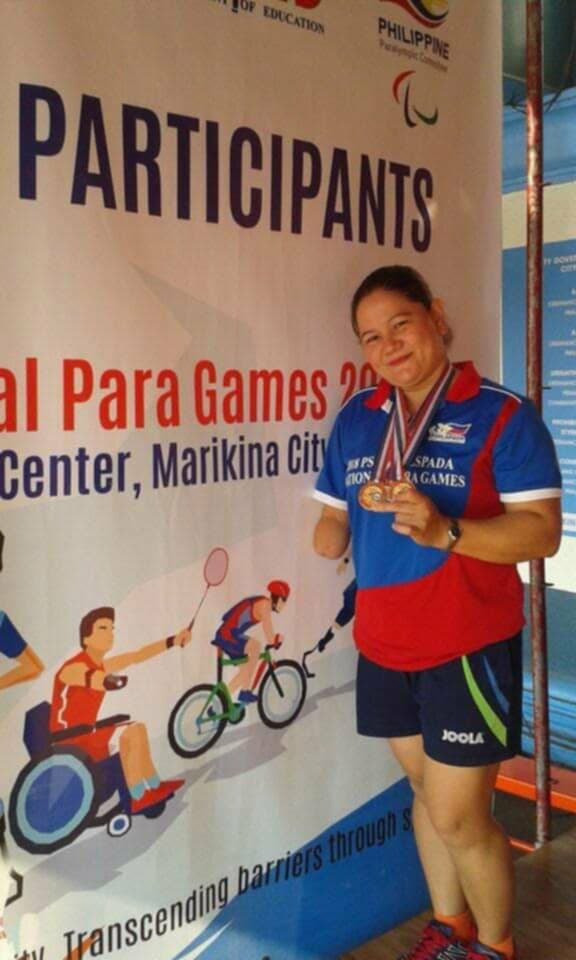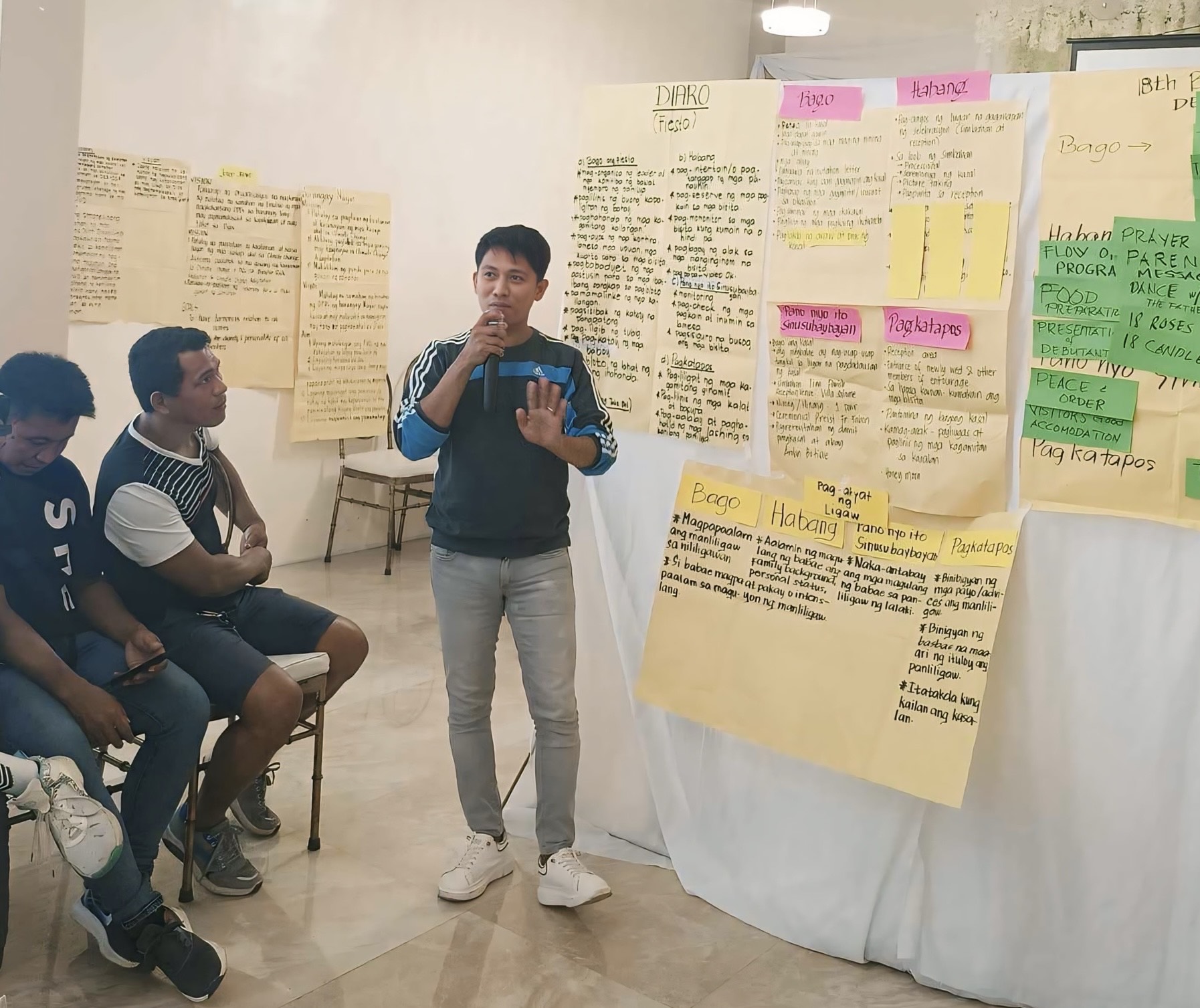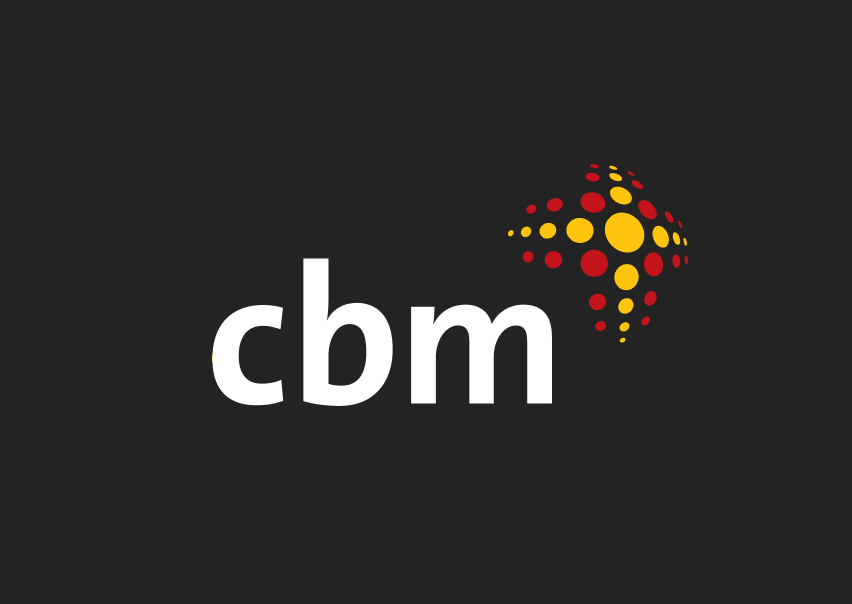High Level Political Forum (HLPF) 2019 – Empowering People and Ensuring Inclusiveness and Equality
Stories | July 12, 2019
In 2015 all 196 member countries of the United Nations (UN) adopted the 2030 Agenda and Sustainable Development Goals (SDGs) and committed to achieving a more equal, just and sustainable world. These 17 goals provide a concrete plan and a number of specific targets for action across areas from ending poverty, ensuring quality and inclusive education, reducing inequality and taking action on climate change.
In adopting the Agenda and SDGs governments also committed to leave no one behind. Disability inclusion is mentioned across the Agenda and directly covered in targets under five of the goals – including goal 4 which focusses on education, goal 8 which focusses on decent work and economic growth and goal 11 on creating sustainable cities and communities.
To make sure the UN and member countries can track and report against their progress, each year the world gathers at the UN in New York for the High Level Political Forum on Sustainable Development (HLPF), which runs this week from 09-19 July.
What’s the HLPF and why does it matter?
The HLPF brings together governments, civil society and other key individuals and groups to monitor and review progress against the SDGs. This happens through a number of formal processes across the 10 days of the Forum. A key way countries report progress is through Voluntary National Reviews (VNRs). Each country is expected to report on their progress and this year 47 countries will be reporting, including some of our closest neighbours in Asia and the Pacific.
Along with reporting on progress, the HLPF is a key space to hold governments accountable to their commitments to sustainable development and leaving no one behind. It’s also an important space for sharing learning and ideas between governments and between civil society organisations, to help drive progress and solve problems in achieving the SDGs. This happens through formal UN led sessions as well as side events, which are run by governments, UN agencies and civil society.
What does it mean for people with disabilities?
In signing up to achieving the SDGs by 2030 governments also made commitments to ensure that all people benefit from sustainable development, and that no one is left behind from any progress that is made. As mentioned above, this includes specific reference to the inclusion and rights of people with disabilities. Yet despite this commitment there is still a long way to go in making this a reality and people with disabilities are still excluded from the SDGs and their implementation.
The HLPF gives an important space for people with disabilities, their representative organisations and organisations working to advance disability inclusion, like CBM, to further understand how countries are tracking in achieving goals and targets relating to disability, through VNR reports for example. It also provides important opportunities for joint advocacy from a range of groups and organisations working on disability rights and inclusion. In addition to government representation, the HLPF is open to Major Groups and other key stakeholders, including the Stakeholder Group of Persons with Disabilities (Stakeholder Group). At the HLPF the Stakeholder Group has important opportunities to advocate and make specific recommendations for the better inclusion of people with disabilities across the Goals. For example, though disability inclusion is specifically included in Goal 4 – the education goal – there are still huge gaps in inclusive education for children with disabilities. When it comes to Goal 3 on good health and wellbeing, a range of barriers like a lack of sign language interpretation for Deaf people seeking to access health facilities, leave people with disabilities behind from any progress made.
This year the theme of the HLPF is empowering people and ensuring inclusiveness and equality. Each year a selection of the 17 goals is reviewed in greater detail, this year goal 10 – Reduce inequality within and among countries – will be a reviewed. This means even more focus will be on inclusion, which gives an important opportunity to push for greater disability inclusion.
CBM’s role at the HLPF
CBM is supporting a number of disabled people’s organisations (DPOs) from Asia and the Pacific to engage in the HLPF’s formal sessions and processes to ensure the voices of people with disabilities are heard. Along with the Stakeholder Group, CBM will also be involved in a side event – Reducing inequalities: a look at persons with disabilities, which will focus on recommendations and bring practical experiences to the table to advance the implementation of Goal 10 for persons with disabilities. We’ll also be keeping you up to date with what’s going on at the HLPF across the ten days of the forum. You can follow along on Twitter.

Supporting people with disabilities to have their say at the HLPF.
The SDGs give us a crucial opportunity to drive progress towards a more equal and sustainable world where no one is left behind. They give us opportunities to advance disability inclusion and ensure that people with disabilities receive a quality education, can participate in their societies and can be free from poverty and discrimination, but only if governments meet their commitments. The HLPF gives us a crucial space to hold them accountable so that we can one day have a world where all people with disabilities are free from discrimination and where they benefit as equals from our shift towards a more just and sustainable world.
https://www.cbm.org.au/stories/hlpf-2019-disability-inclusion
Related Stories

Aiming for gold and championing the rights of people with disabilities
Minnie, a 40-year-old mother of two and Treasurer of...

Jay’s journey: from hiding his disability to advocating for change
Jay, a 31-year-old hairdresser from the Philippines and father...

The Blessed Life
Mary learnt the depths of the implications of living the blessed life. The angel Gabriel had told Mary that she was going to be pregnant with the Son of God....
